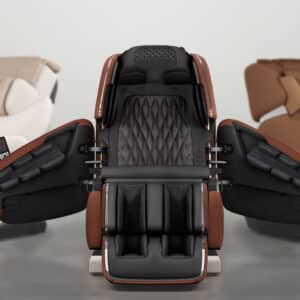

In researching massage chairs, you’ll discover they can have 2D (two-dimensional), 3D, and 4D massage mechanisms. To understand what a state-of-the-art 4D massage chair can do, it helps to learn about the evolution of the technology.
When massage chairs were first developed, they had 2D systems, meaning the rollers could move in a two-dimensional plane—up and down the body’s medial line (or midline—essentially the spine) and proximally and distally (toward and away from the spine, respectively). That was quite an accomplishment, considering that before 2D technology, the only way to get a massage was from a massage therapist!
You’ll still find 2D massage chairs in use at places like malls and nail salons and available for purchase as entry-level options for the home. The chairs can provide a basic massage, but sessions are not customizable to the user’s preferences.
Massage chair mechanisms made an enormous leap with the advent of 3D capability. In a 3D massage chair, the rollers move up and down, and proximally and distally. But they also move perpendicularly to the body’s plane, with the depth controlled by a program or specified by the user. (A 2D chair only has one depth setting.) The result is that a 3D chair provides greater control and an increased ability to help break up adhesions, free stuck muscle fibers, mobilize the spine, and create increased relaxation and a greater sense of well-being.
The ability to modify the third (i.e., depth) dimension of a massage enables massage chair makers to create a wide variety of nuanced movements and patterns. Those that do can develop programs mimicking the hand movements of a skilled massage therapist. This is what is referred to as massage chair choreography.
If you remember your geometry classes from school, you may be a little confused about the term 4D. You might reasonably wonder, “Where’s the fourth dimension?”
In the massage chair industry, 4D doesn’t refer to time, as physics does. The use of the term varies somewhat by manufacturer but generally indicates varying the speed of the massage in some way. This can be the speed at which the massage mechanism moves up and down the track or the rate of a specific massage motion—tapping, kneading, etc.
When you watch (or feel) a massage therapist work, you’ll notice that their pace varies as they move to different areas, change techniques, or identify trouble spots. For example, they may slow down or pause and address tighter areas to ensure the tension gets released. That is the 4D concept in action.
As massage chair technology continues to evolve, you will see references to “5D” and higher. There is no agreed-on definition of these additional dimensions, but they often refer to characteristics like additional rollers, advanced programming, etc. This can cause confusion if you are researching offerings from multiple makers, so be sure you understand how each uses the term.
It would be difficult (impossible, really) to say that a particular manufacturer makes the best 4D massage chairs. That’s because the “best” one for you is the one that most effectively addresses your needs. So, it’s important to test-drive massage chairs to find the right one for your needs. Consider speaking with a Comfort Consultant for advice, and they will be happy to explain the massage chair brands and models that offer 4D technology.
Are 4D massage chairs worth the price? Generally speaking, a 4D massage chair will perform better than a 2D or 3D massage chair.But, so much of the performance, feel, and effectiveness of a massage chair is a function of its programming. This means that a good 2D chair can be better than a 3D chair, A good 3D chair can be better than a 4D chair. And so on. A full and proper demonstration of a massage chair is the best way for you to evaluate how fully and effectively it meets your needs.
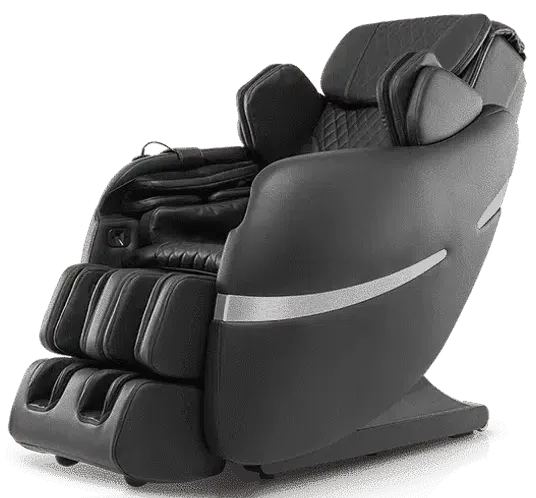
POSITIVE POSTURE
$10,000.00 Original price was: $10,000.00.$3,997.00Current price is: $3,997.00.
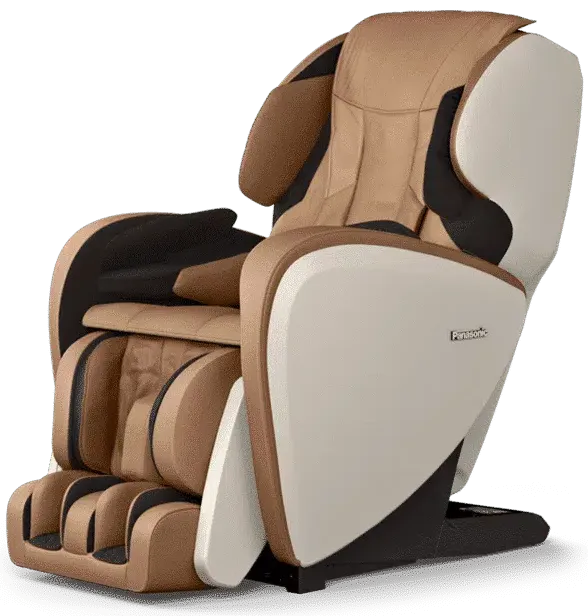
PANASONIC
$10,000.00 Original price was: $10,000.00.$4,997.00Current price is: $4,997.00.
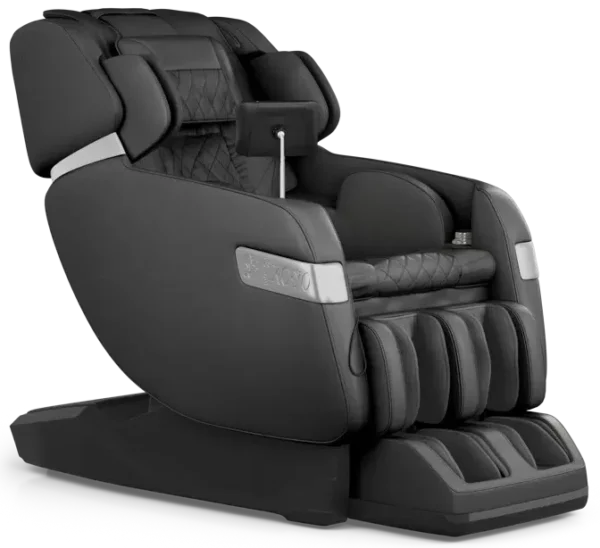
KOYO
$10,000.00 Original price was: $10,000.00.$4,999.00Current price is: $4,999.00.
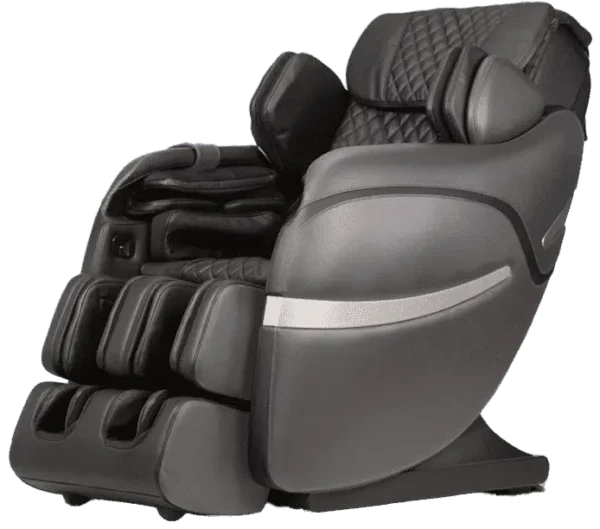
POSITIVE POSTURE
$11,000.00 Original price was: $11,000.00.$6,297.00Current price is: $6,297.00.

PANASONIC
$10,000.00 Original price was: $10,000.00.$6,999.00Current price is: $6,999.00.

POSITIVE POSTURE
$10,000.00 Original price was: $10,000.00.$6,999.00Current price is: $6,999.00.
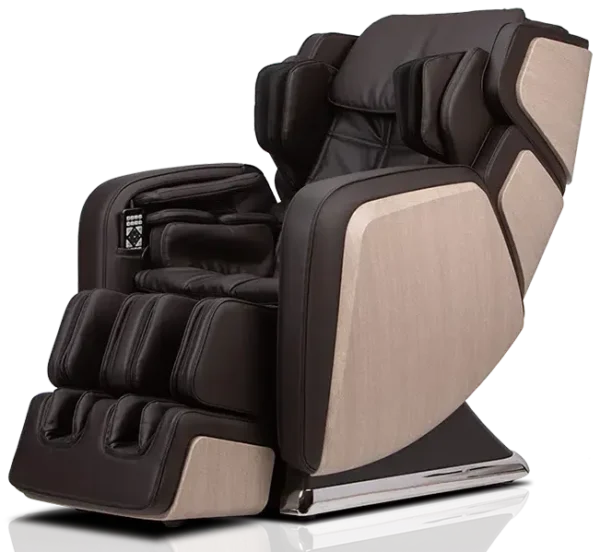
OHCO
$11,500.00 Original price was: $11,500.00.$7,797.00Current price is: $7,797.00.
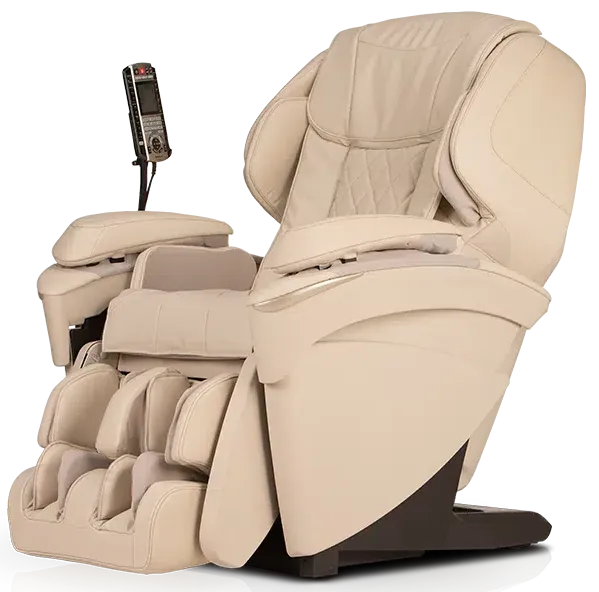
PANASONIC
$12,000.00 Original price was: $12,000.00.$7,997.00Current price is: $7,997.00.

POSITIVE POSTURE
$11,000.00 Original price was: $11,000.00.$7,999.00Current price is: $7,999.00.

KOYO
$10,000.00 Original price was: $10,000.00.$7,999.00Current price is: $7,999.00.
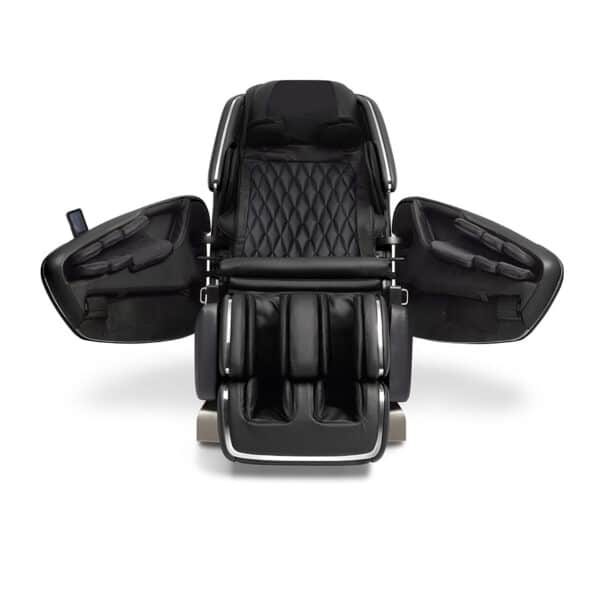
OHCO
$12,500.00 Original price was: $12,500.00.$8,549.00Current price is: $8,549.00.
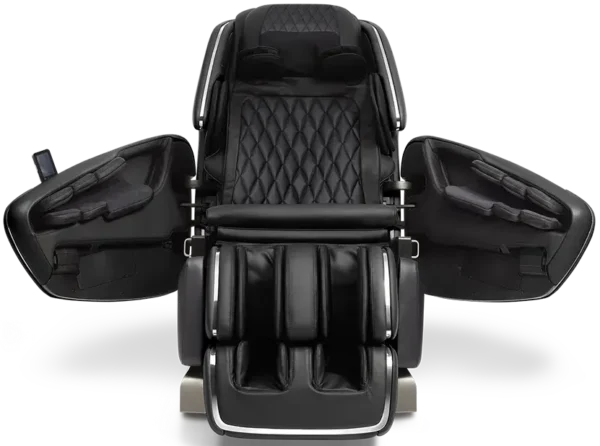
OHCO
$14,000.00 Original price was: $14,000.00.$8,997.00Current price is: $8,997.00.
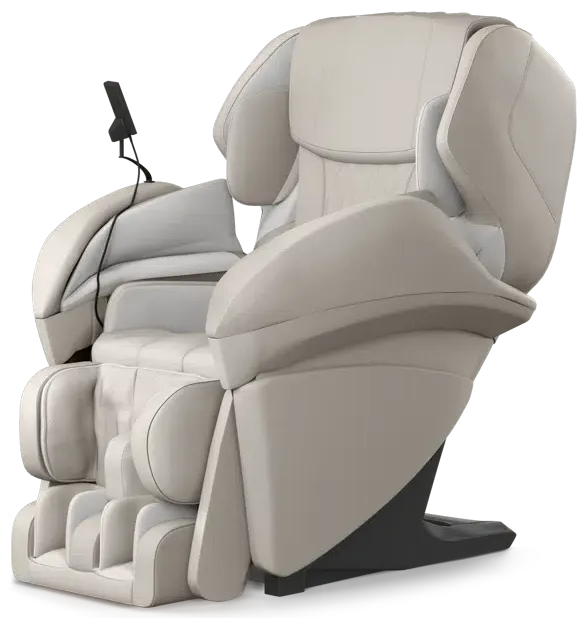
PANASONIC
$15,000.00 Original price was: $15,000.00.$9,997.00Current price is: $9,997.00.

PANASONIC
$12,000.00 Original price was: $12,000.00.$9,999.00Current price is: $9,999.00.

OHCO
$11,500.00 Original price was: $11,500.00.$9,999.00Current price is: $9,999.00.
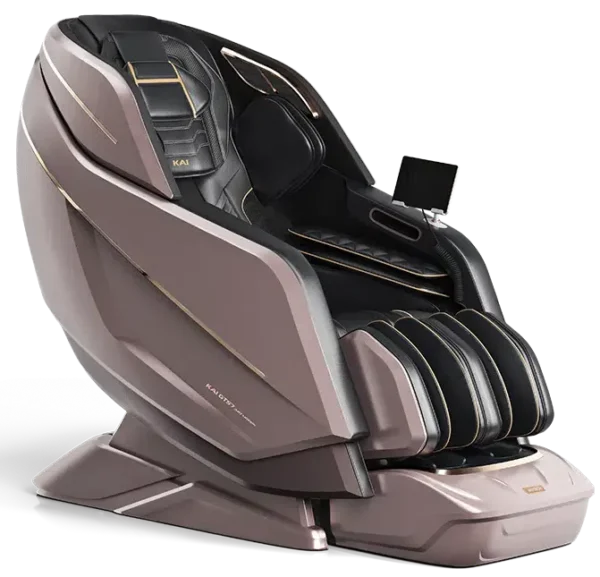
KAI
$13,000.00 Original price was: $13,000.00.$9,999.00Current price is: $9,999.00.
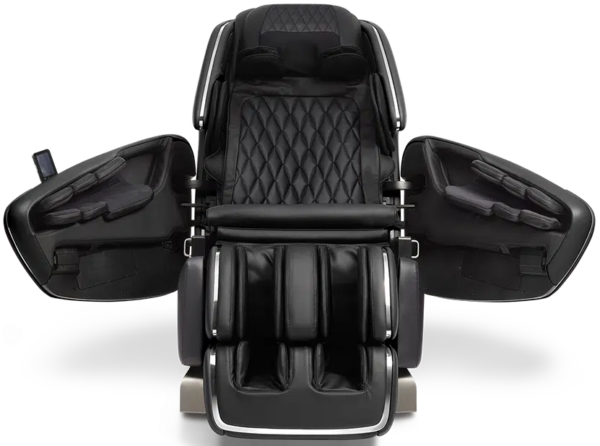
OHCO
$14,000.00 Original price was: $14,000.00.$10,999.00Current price is: $10,999.00.
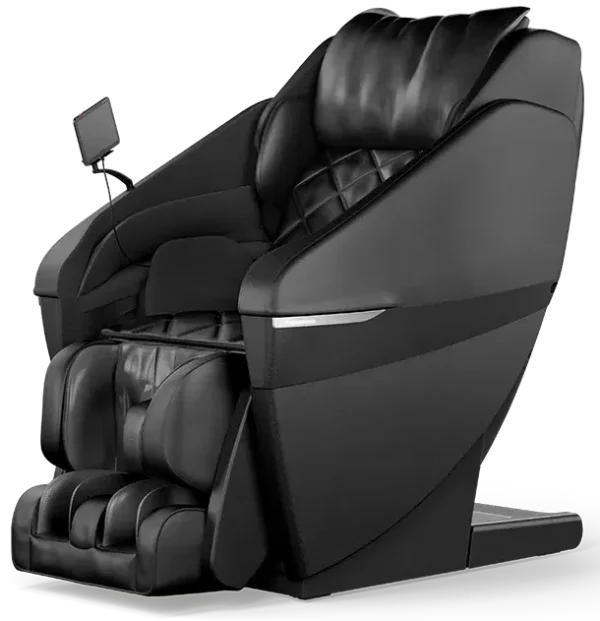
PANASONIC
$16,000.00 Original price was: $16,000.00.$11,497.00Current price is: $11,497.00.
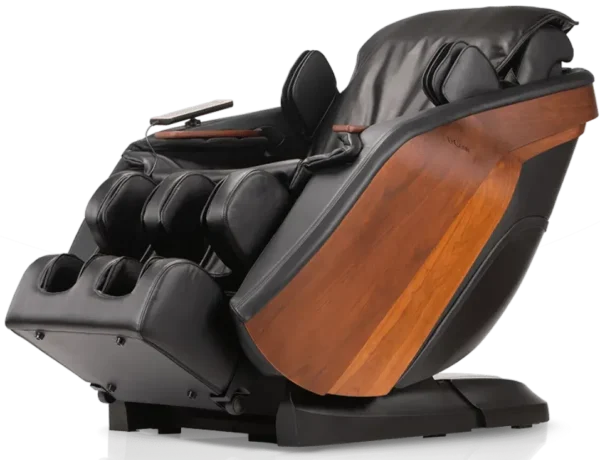
D.Core
$11,999.99 Original price was: $11,999.99.$11,499.99Current price is: $11,499.99.
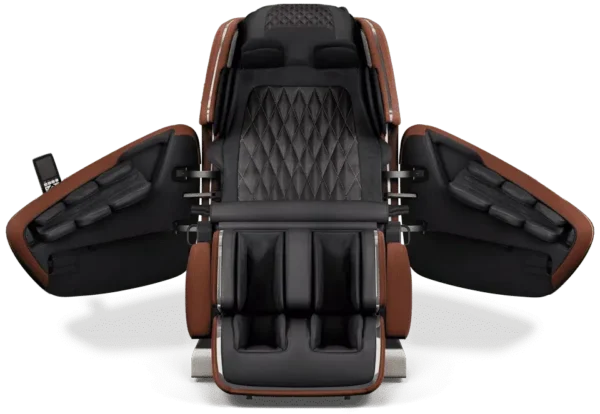
OHCO
$15,000.00 Original price was: $15,000.00.$11,999.00Current price is: $11,999.00.

PANASONIC
$15,000.00 Original price was: $15,000.00.$12,499.00Current price is: $12,499.00.

PANASONIC
$16,000.00 Original price was: $16,000.00.$12,999.00Current price is: $12,999.00.
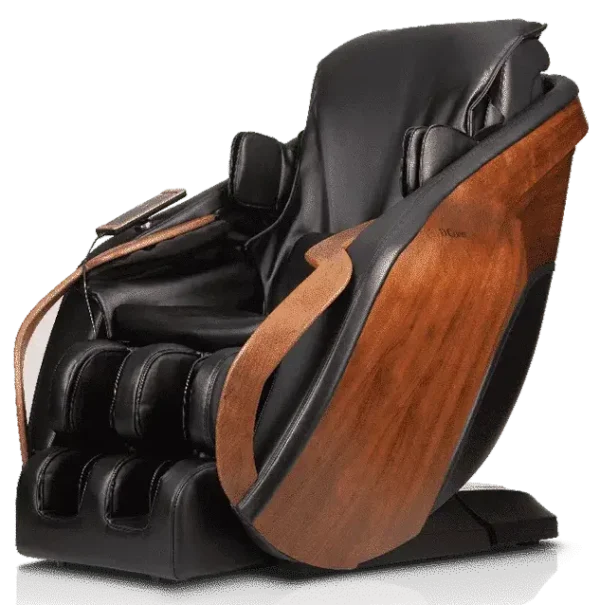
D.Core
$15,000.00 Original price was: $15,000.00.$12,999.99Current price is: $12,999.99.
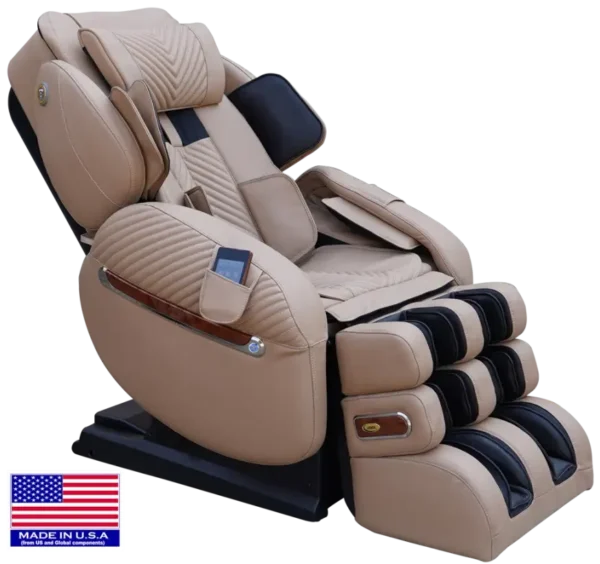
LURACO
$16,990.00 Original price was: $16,990.00.$14,990.00Current price is: $14,990.00.
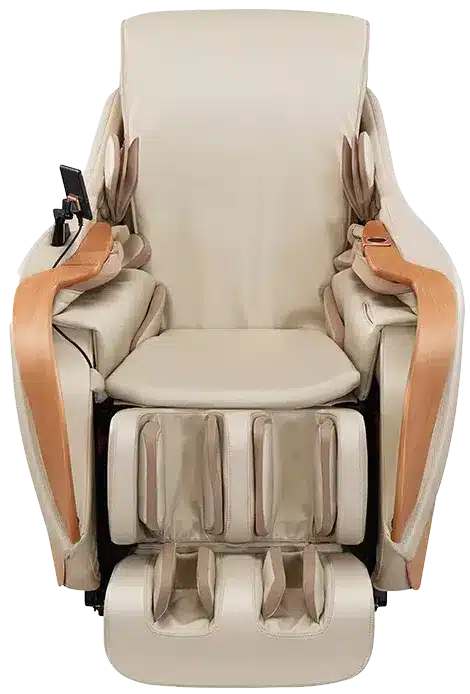
D.Core
$16,999.99 Original price was: $16,999.99.$14,999.99Current price is: $14,999.99.
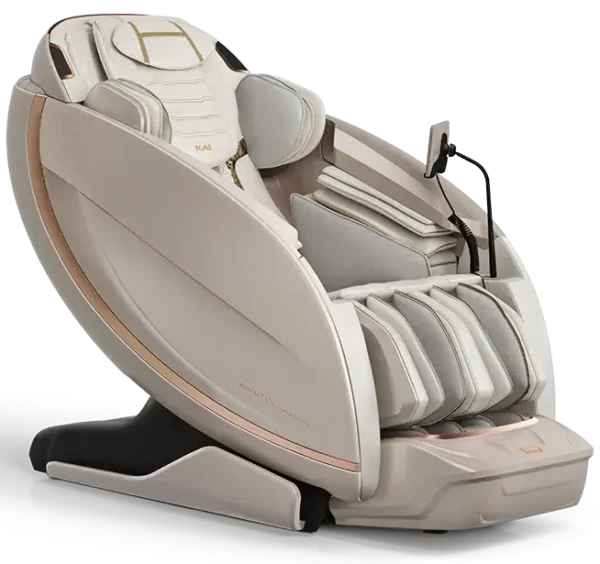
KAI
$15,000.00
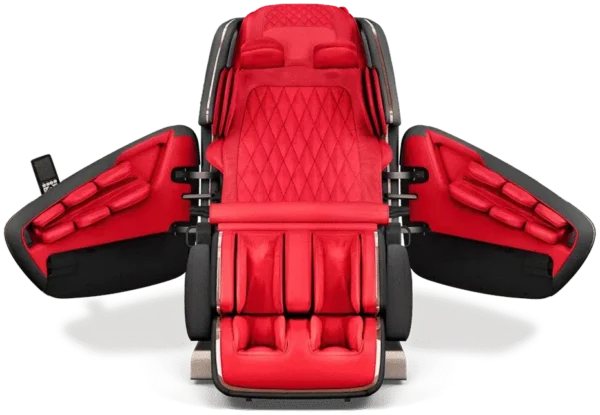
OHCO
$17,000.00
$400 OFF
White Glove Delivery!
In-store and online purchases
Valid only on products $2,999 and up. Offer expires 30 days from today. Valid only online and at participating stores. Not valid with other offers or discounts. By claiming this offer, you agree to receive promotional emails from Furniture For Life. Learn more.
OUR BRANDS
SHOP BY TYPE
OUR BRANDS
OUR BRANDS
SHOP BY TYPE
California
Colorado
New Jersey
New York
PRODUCT
PARTNERSHIPS
Call us at 888-822-3175
Chat With A Comfort Consultant
Real humans. Really happy to help.
Here’s your code for
$400 OFF White Glove Delivery
WHITEGLOVE400
Enter during online checkout or reference it in-store